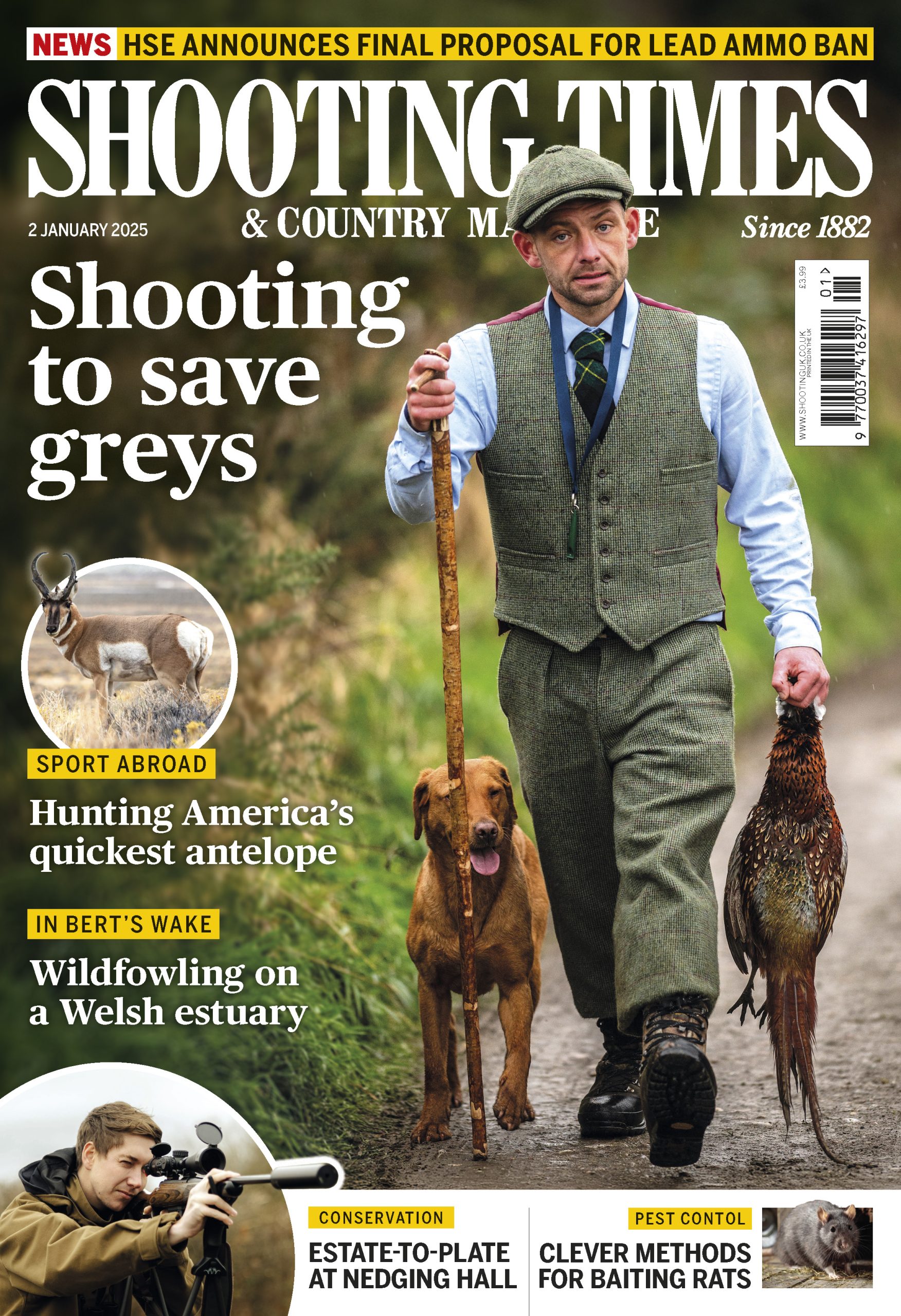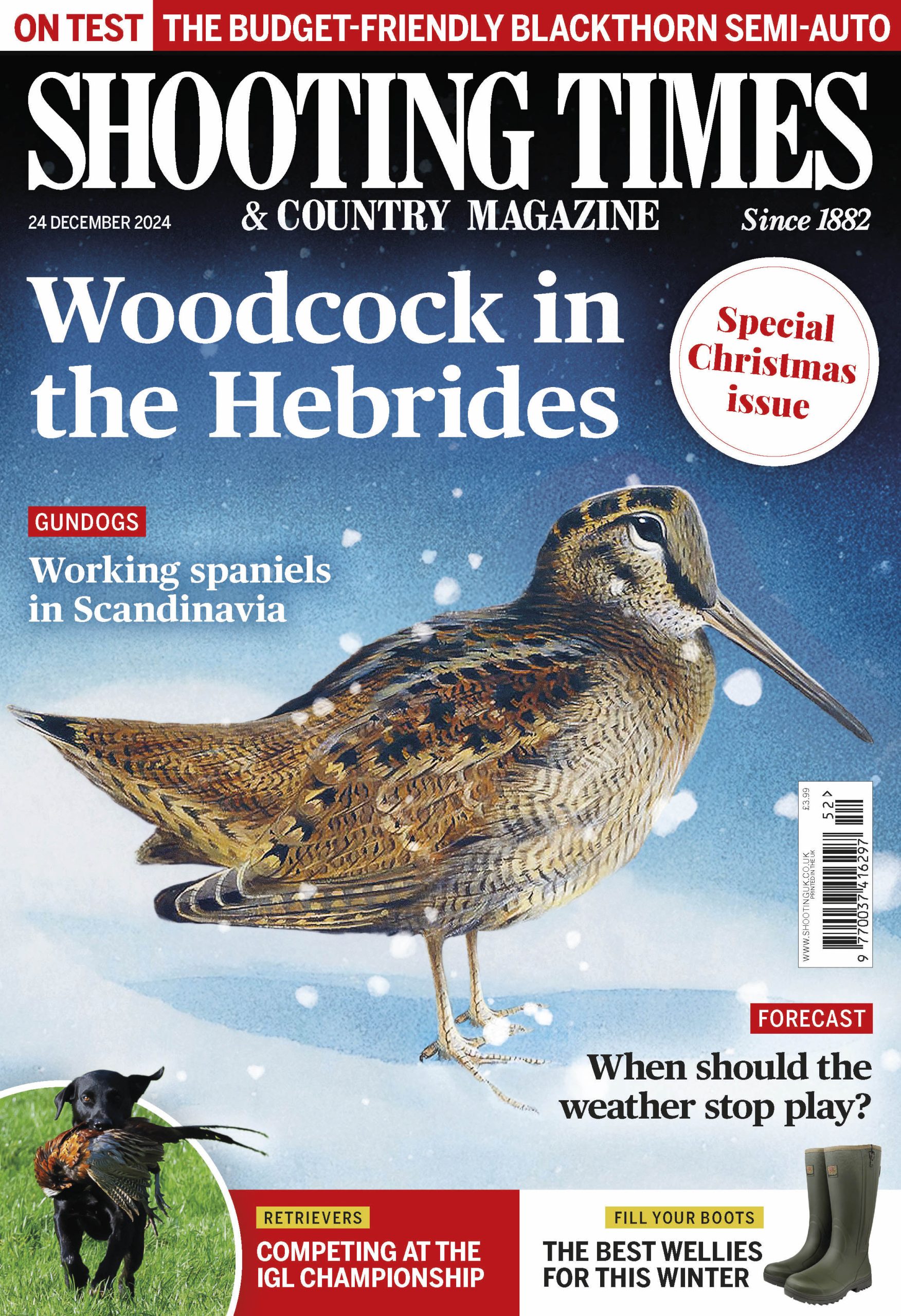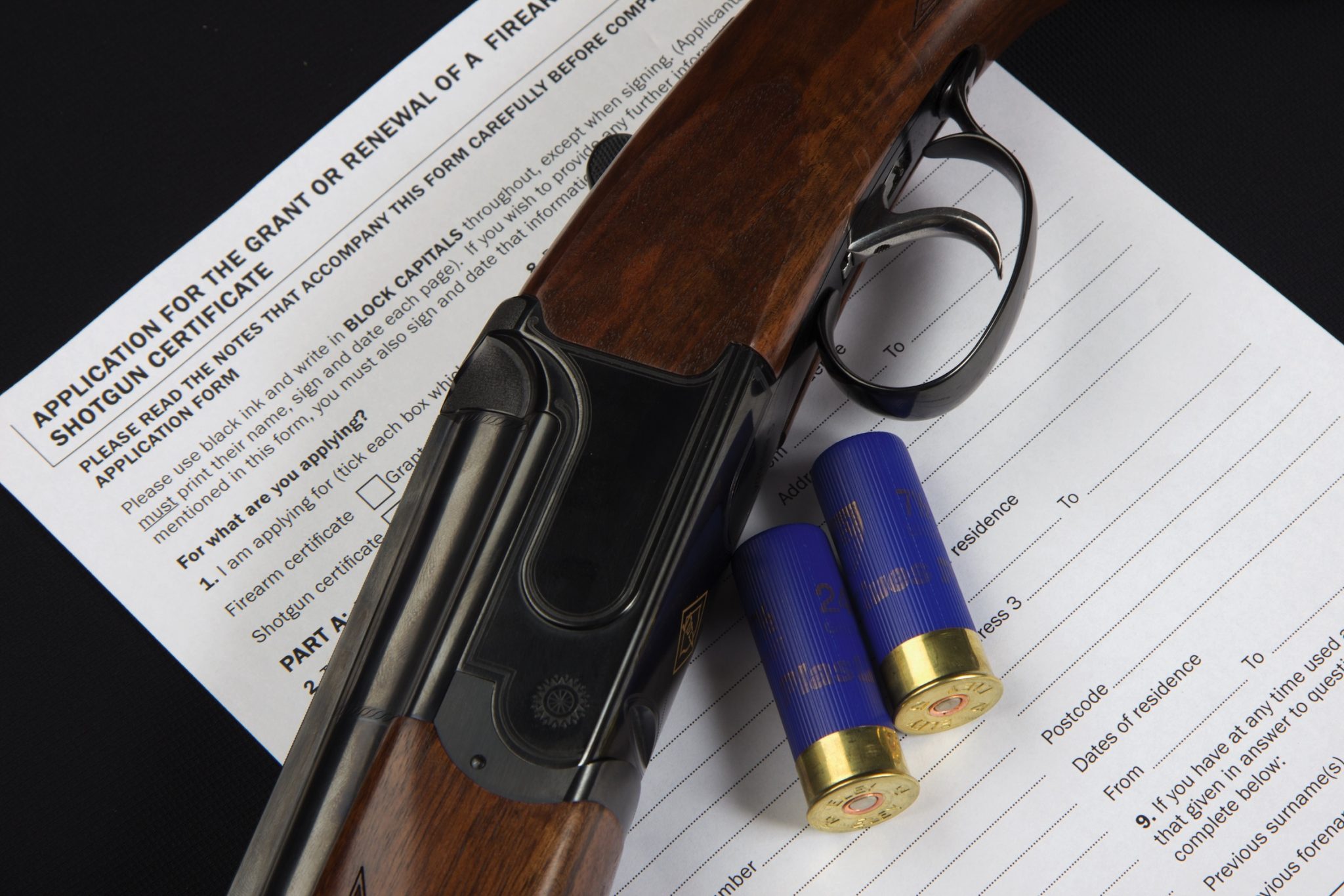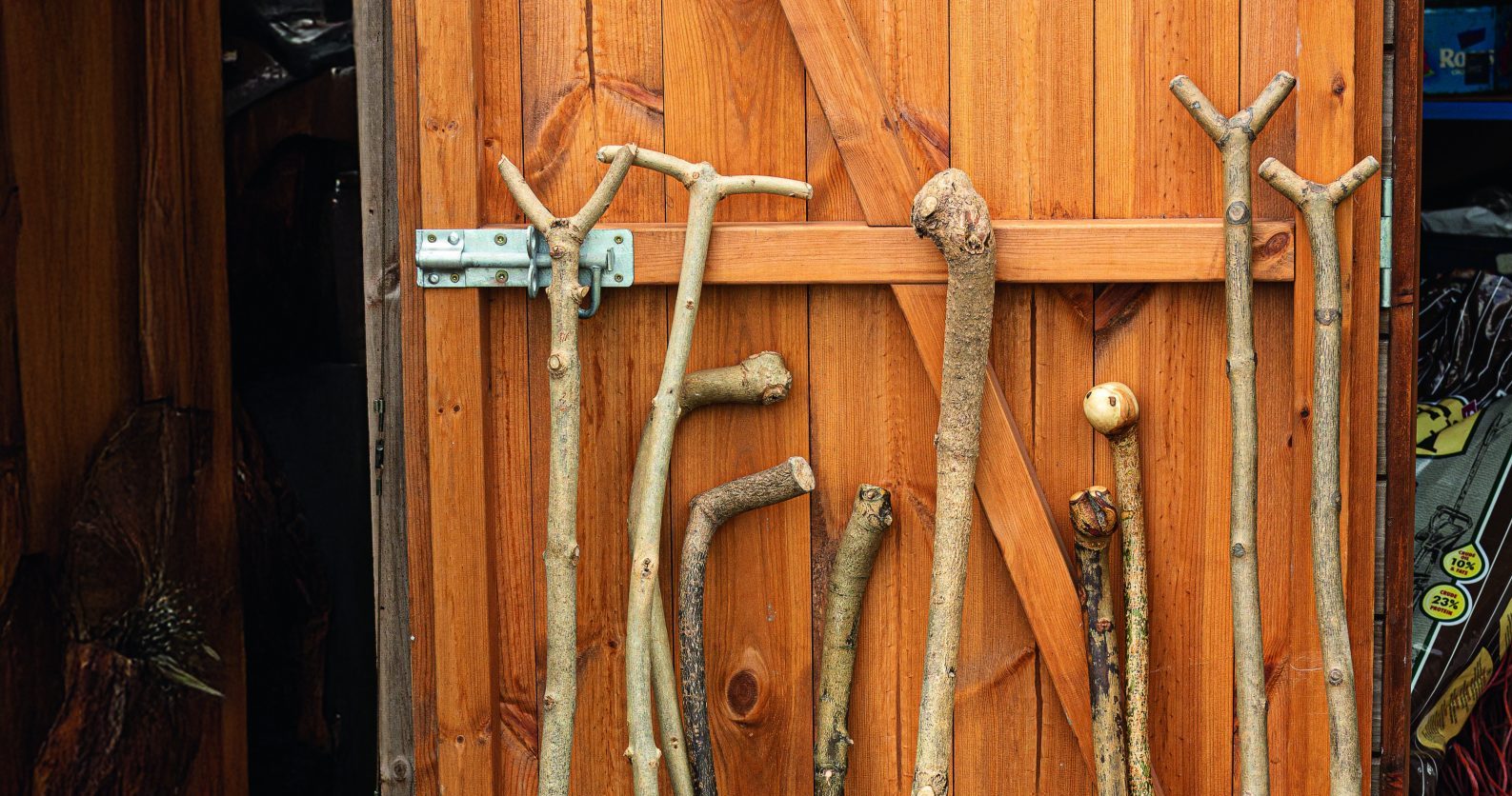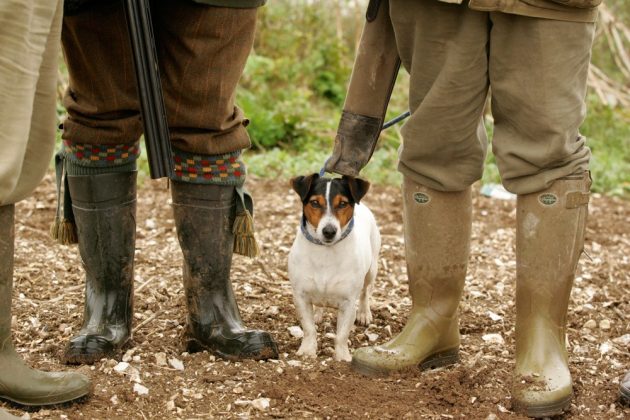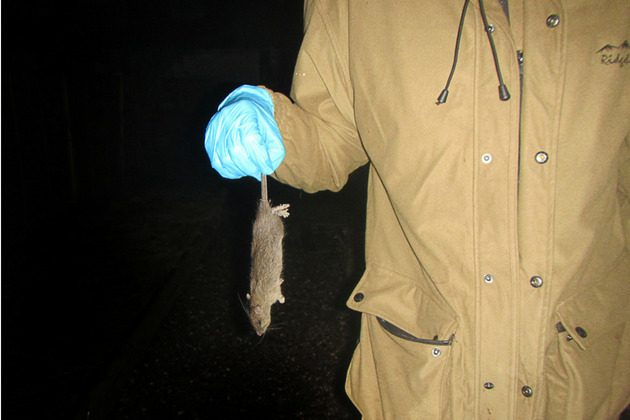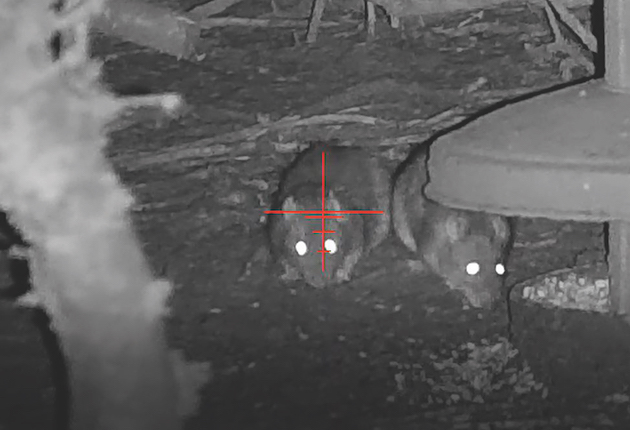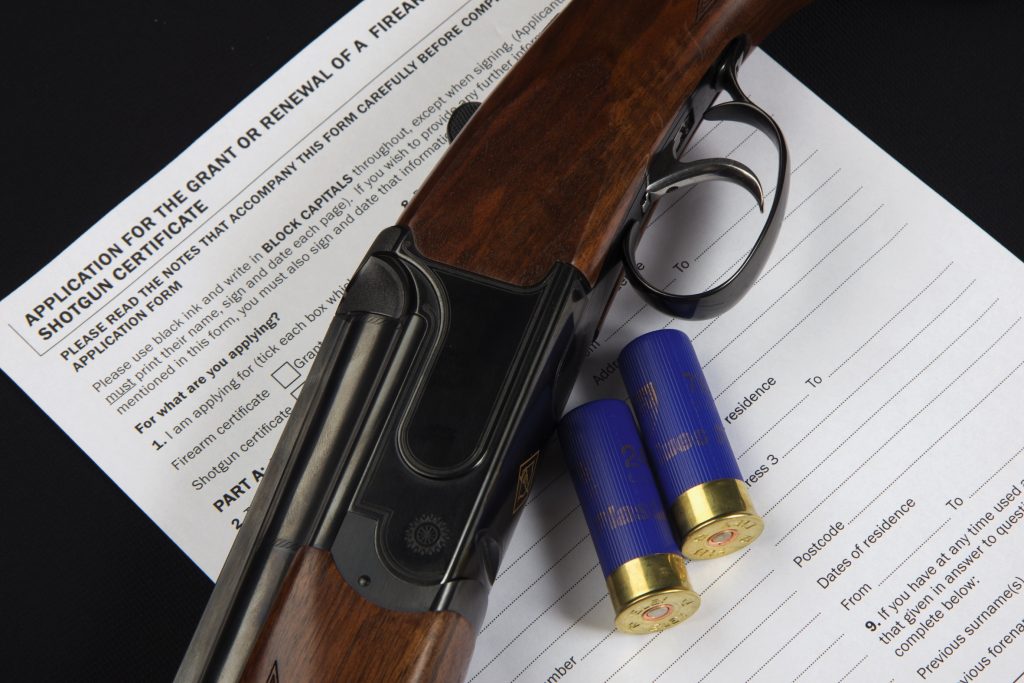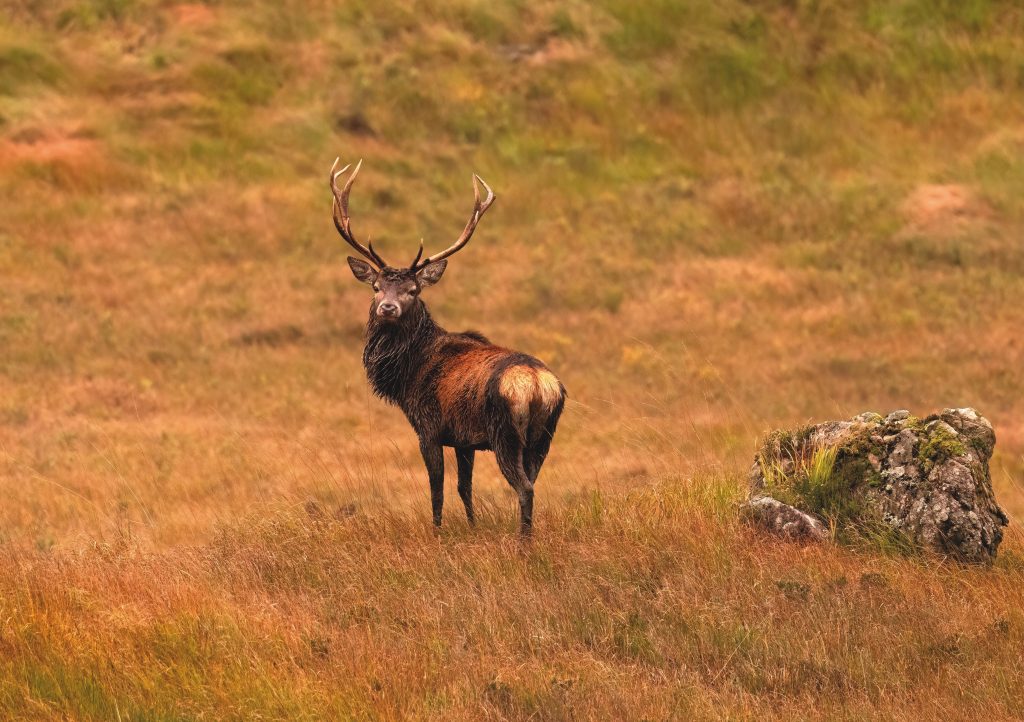After-dark rat shooting in the farmyard
Win CENS ProFlex DX5 earplugs worth £1,149 – enter here
Shooting rats in broad daylight
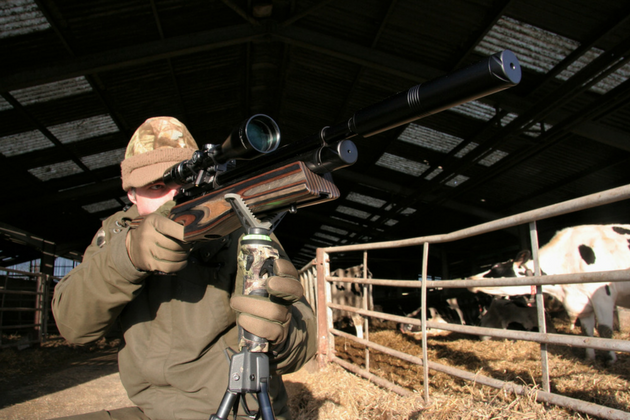
The vast majority of my winter rat shooting is done during the hours of darkness. My usual routine is to arrive an hour or so before dusk so I can set up in time to catch the early action and shoot on into the night until activity tails off.
Going by three decades of experience shooting rats these nocturnal ratting forays make optimum use of my time. I stay away during the unproductive hours and arrive in time to catch the main flurry of activity when hungry rats are venturing out to feed under the cover of darkness, having spent the bulk of the day in their burrows.
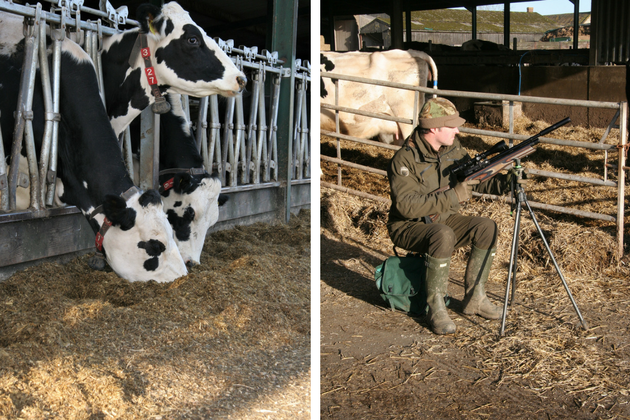
Rats had moved onto the farm to feed on the maize silage that is put out for the dairy herd
Canny creatures
Rats are canny creatures and quickly learn to adjust their behaviour to avoid danger, as I recently discovered.
The farm in question holds a few rats through the year but numbers spike quite significantly most winters, especially after the first serious cold snap prompts rodents to move in from the surrounding countryside in search of food and shelter. And they must be very pleased with what they find when they arrive. The holding is home to a large herd of dairy cattle so there is no shortage of maize silage to sustain scavenging rats, and barns stacked out with heaps of straw bales offer an abundance of snug places to nest.
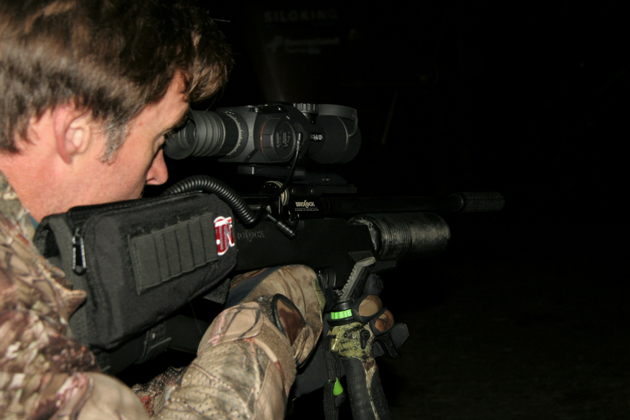
Night sessions are usually the best choice for winter ratting – but there are exceptions
Don’t back off
True to form, rodent numbers began to increase during early winter, though bags of between 20 and 30 rats a night helped keep them down.
Backing off at this stage is usually a big mistake, as rats can breed through the year. Give them a few weeks and numbers soon bounce right back to where they were, so I do my best to follow up those initial big hits with weekly visits.
Over the past few weeks, three- or four-hour nightly sessions have yielded half-a-dozen rats at best. A good thing, and confirmation that the big tallies made during my frequent visits during the early part of the winter had taken their toll. I was almost convinced that the vast majority of the resident rat population had been shot out, except for the fact that I found numerous signs to suggest otherwise.
Fresh excavations along a bank that was riddled with rat holes suggested that the occupants were still in residence, as did the abundance of black, slug-shaped droppings along well-worn runs between the holes. The same droppings were also present in several areas of the yard and around the banks of the slurry pit. So where were the rats?
The answer came to me during a chat with the farmer after another gloomy night spent in pursuit of some elusive rats. As he shouted from the window of his John Deere, competing with the rattling thrum of the engine, he mentioned something about seeing one or two rats darting across the yard during the previous morning. “Out in broad daylight?” I asked.
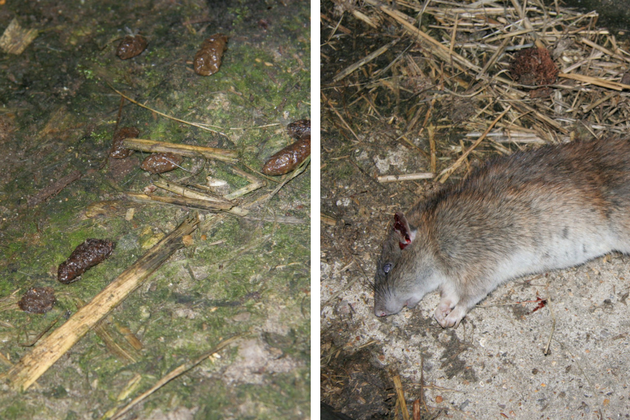
There were certainly signs of activity but the rats may have changed their habits to avoid barn owls only to fall to the air rife
He confirmed that he had indeed encountered those two rats, and several others on previous occasions, taking their chances around the yard during the cold light of day. He also mentioned something about barn owls.
The farm is often frequented by barn owls, silent hunters that ghost around the yard in search of prey after darkness has closed in. It appeared that the presence of those majestic owls might just have forced the rats to change their habits to avoid ending up on the menu.
Shooting rats by day is easier
I wasted no time in arranging a visit a couple of days later, and spooked a couple of rats that were out on the slurry-pit bank when I arrived during the early afternoon. It has to be said that shooting rats by day is a heck of a lot easier than doing it at night.
- Simply wandering around in the hope of seeing a few rats is not the best way to make a dent in their numbers when using an air rifle.
- Most of my biggest tallies are made by digging in and targeting a specific area, then moving on to another after hitting it hard. This sort of static approach means you can confirm ranges, rather than just guessing them, to ensure that you always get hold-over and hold-under dead right.
- It also means that you can shoot from a stable sitting position and even use shooting sticks for added support. If the rats are extremely fidgety, I will sometimes even go as far as to squirt out a few heaps of liquidised cat food to give them something to get their faces stuck into.
- After setting myself up in a spot that enabled me to cover a ratty-looking bank and a large part of the yard, I sat back and waited. I didn’t have to wait long and the first rat skulked back out about five minutes after I’d settled in. At around 15m, the shot was not a difficult one, and the unsuspecting rodent fell to a well-placed pellet that caught it between the eye and ear.
How to use an airgun for rat control
Air rifles are useful pieces of equipment for rat control. Use a backstop sensibly and effectively (usually a concrete wall…
Smaller tallies
Over the following couple of hours I managed to account for around a dozen rats. Subsequent visits have yielded smaller tallies, which would suggest that my initial night-time forays did have a significant impact and it is only the stragglers that have changed their habits to dodge the owls.
I’ve really enjoyed the novelty of daytime winter rat shooting sessions but I’m already planning another night-vision sortie just in case any artful survivors feel inclined to revert to taking their chances with the owls rather than face my airgun onslaught.
Related Articles
Get the latest news delivered direct to your door
Subscribe to Shooting Times & Country
Discover the ultimate companion for field sports enthusiasts with Shooting Times & Country Magazine, the UK’s leading weekly publication that has been at the forefront of shooting culture since 1882. Subscribers gain access to expert tips, comprehensive gear reviews, seasonal advice and a vibrant community of like-minded shooters.
Save on shop price when you subscribe with weekly issues featuring in-depth articles on gundog training, exclusive member offers and access to the digital back issue library. A Shooting Times & Country subscription is more than a magazine, don’t just read about the countryside; immerse yourself in its most authoritative and engaging publication.
